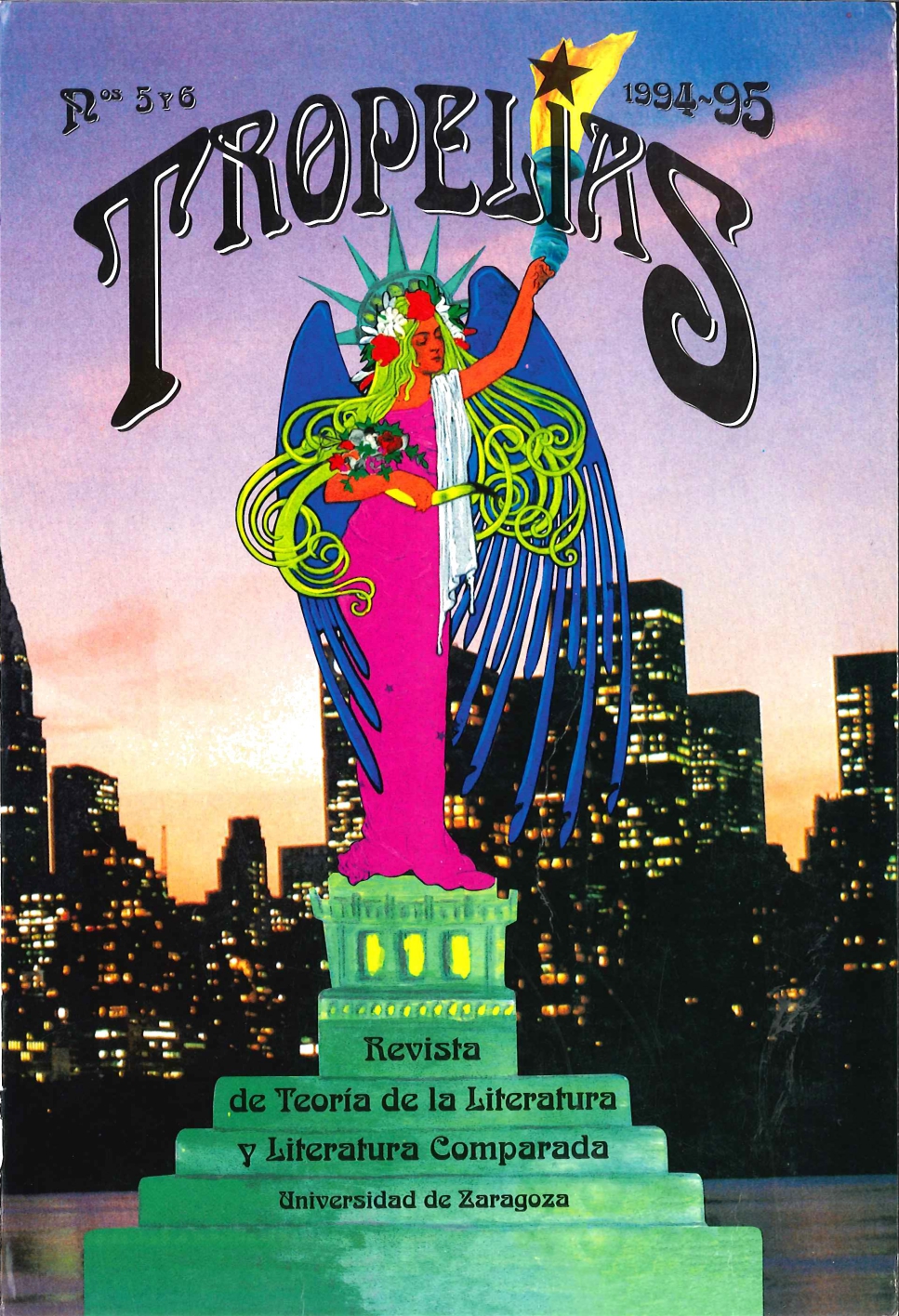The hallowed precint in Bécquer and Ruskin
DOI:
https://doi.org/10.26754/ojs_tropelias/tropelias.19955-65551Keywords:
Gustavo Adolfo Bécquer, John RuskinAbstract
A comparison of the hallowed precint in Gustavo A. Bécquer and John Ruskin can best be approached intertextually and intersubjectively. In this context Bécquer and Ruskin, who did not know each other's work, create their hallowed precints in Toledo and Venice, respectively. The hallowed precint is defined as a holy place in a person's private universe where, according to M. Eliade, he receives the revelation of a reality other than the one in which he participates through ordinary daily life. Like many other nineteenth century writers, they shared a romantic literary heritage: the influence of Byron, Chateaubriand, and Scott as well as a nostalgia for a forlorn historical past whose objective correlative is the architectural ruin. And when these medieval cities are perceived as the ideal personification of ineffable women, we have the elaboration of a hallowed precint that constitutes the affective center of their respective works.
Downloads
Downloads
Published
How to Cite
Issue
Section
License
Copyright (c) 2021 Eugene Francis del Vecchio

This work is licensed under a Creative Commons Attribution 4.0 International License.
Los artículos enviados a la revista Tropelías deben ser originales e inéditos, no publicados previamente en cualquier soporte. Únicamente se aceptará material publicado total o parcialmente con anterioridad, o que esté en proceso de evaluación en otra revista, si se hace constar la causa de tal duplicación y se facilita la fuente donde ha aparecido dicho artículo.
Las imágenes que se incluyan en los artículos estarán libres de derechos de reproducción y, en caso contrario, los autores deberán presentar los permisos para su publicación y asumir los pagos derivados de ello.
Los artículos y reseñas publicados en la revista Tropelías pueden ser incluidos en repositorios temáticos o institucionales desde el momento de su publicación, sin modificación alguna e indicando claramente su procedencia.


